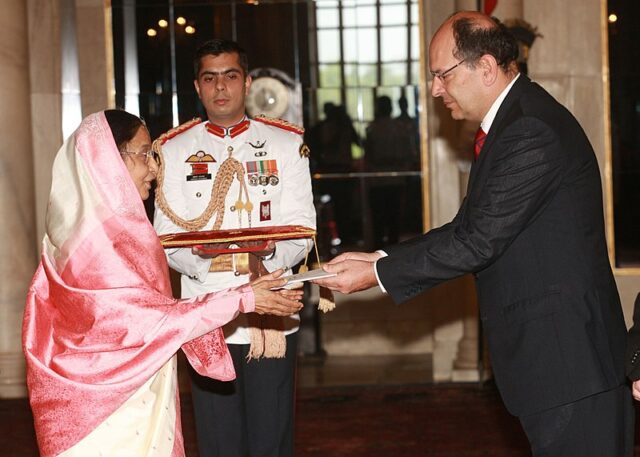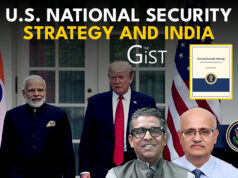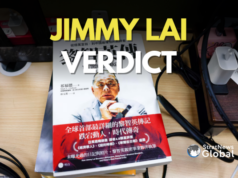“I am happy to inform you today this morning the seventh round of negotiations began. A 17-member Peruvian delegation took part in the negotiations, and it is currently the only Latin American country to be negotiating an FTA with India. We can expect that by the end of this year, we can finalise this important agreement.”
That was Peru’s Ambassador to India Javier Manuel Velarde, speaking on the free trade agreement under negotiation for the last five years. Among the clutch of FTAs that are currently under negotiation including with the UK and the EU, this may rank as an outlier. Peru and India are hugely dissimilar, whether in population (34 million vs 1.3 billion), GDP ($268 billion vs $3.7 trillion) or exports ($66 billion vs $760 billion).
Yet, according to a brief from the Global Trade Research Initiative (GTRI) of former Trade Service officer Ajay Srivastava, Peru had a favourable trade balance with India last year, its exports of gold, copper, calcium phosphate and silver worth $2.25 billion while imports from India stood at $856 million (automobiles, textiles, pharma, electrical and electronics etc). So the FTA with India makes a lot of sense in Lima.
“Peru has three main markets for investment and trade – the US, China and the European Union. India is missing in this and we want to have a more active role here,” Ambassador Velarde said.
But what about India? The GTRI brief notes that Peru’s tariff regime is already low with over 70% of items in the tariff schedule categorised as duty free. The simple average tariff is 2.2%, which means tariff elimination will not result in substantial market access for Indian products. Then there’s the issue of gold, of which Peru is India’s fifth largest supplier. Does the FTA mean the flow of gold into India will rise? This has been the case with the India-UAE FTA with gold imports doubling last year and in the case of Peru, which mines its own gold, there will be no issue with rules of origin.
Given that, it would seem that the value of the India-Peru FTA lies more in the strategic domain, Delhi seeking to widen its footprint on that continent and as the GTRI brief says, “Leveraging Peru as a pivotal partner in this endeavour”.
Traveller, bibliophile and wordsmith with a yen for international relations. A journalist and budding author of short fiction, life is a daily struggle to uncover the latest breaking story while attempting to be Hemingway in the self-same time. Focussed especially on Europe and West Asia, discussing Brexit, the Iran crisis and all matters related is a passion that endures to this day. Believes firmly that life without the written word is a life best not lived. That’s me, Ashwin Ahmad.





